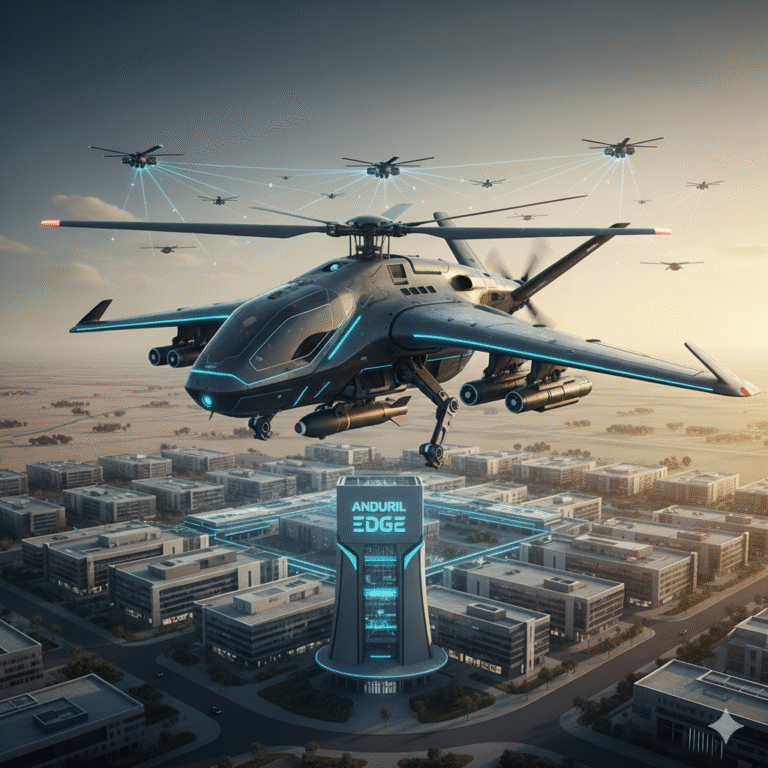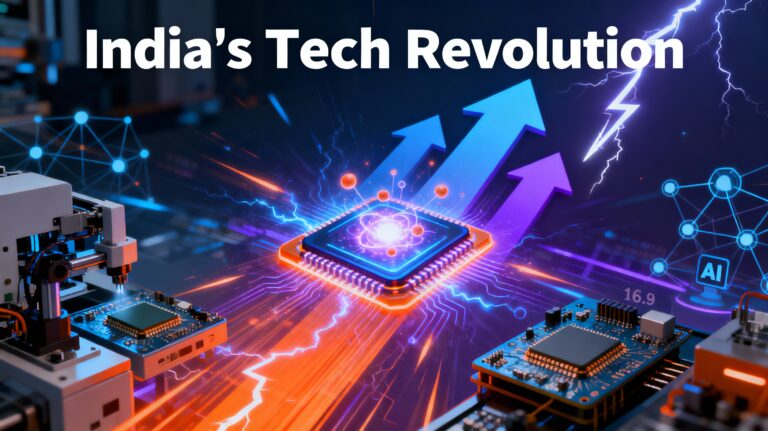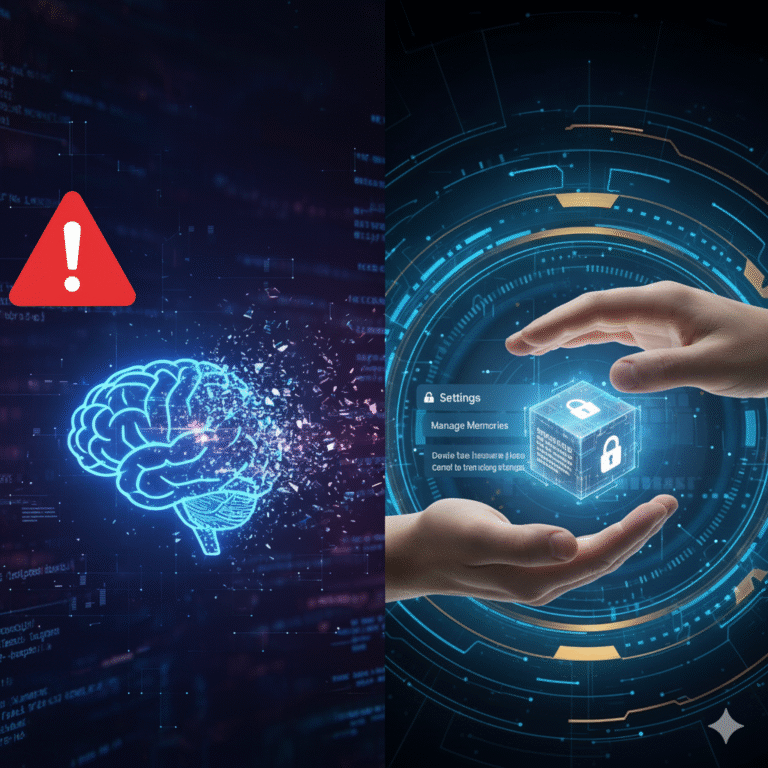Imagine a robot that not only reacts instantly but also learns and adapts like a human brain. A car that can anticipate danger before it even happens. These scenarios are closer than ever, thanks to a groundbreaking invention: the neuromorphic device. Built to mimic the human brain’s structure and function, this device is set to revolutionize fields like robotics, autonomous vehicles, and artificial intelligence. In this blog, we will explore what neuromorphic devices are, how they work, and what they mean for our future.
What Are Neuromorphic Devices?
Neuromorphic devices are hardware systems designed to replicate the neural architecture and computational methods of the human brain. Unlike traditional computers that process information in a linear, step-by-step manner, neuromorphic systems handle information in a parallel and event-driven way—just like our brains.
These devices are built using specialized components that emulate neurons and synapses, allowing them to process sensory data, recognize patterns, and make decisions in real-time.
How Do They Work?
The working principle of neuromorphic devices lies in spiking neural networks (SNNs). These are networks where artificial neurons communicate using electrical spikes, similar to how biological neurons interact.
Key features include:
- Event-Driven Processing: Only active neurons consume energy, increasing efficiency.
- Parallel Architecture: Allows for real-time processing of complex inputs like images or sound.
- Synaptic Plasticity: These devices can “learn” through repeated exposure to stimuli, mimicking human learning behavior.
Scientific Breakthrough: The New Brain-Like Device

Researchers have recently developed a neuromorphic device that not only sees but also thinks like the human brain. It integrates optical sensors with memory and processing units, enabling it to analyze visual data on the fly.
Highlights of this innovation include:
- Integrated Vision and Processing: No need to transfer data between different components, reducing latency.
- High Energy Efficiency: Mimicking the brain drastically cuts down on power usage.
- Compact Size: Ideal for mobile and embedded systems like drones and autonomous vehicles.
Applications: Where Neuromorphic Devices Will Make a Difference
1. Robotics
Neuromorphic systems can make robots more responsive and intelligent. For example:
- Real-time obstacle detection and avoidance
- Autonomous learning from environmental feedback
- Low-latency decision-making for complex tasks
2. Autonomous Vehicles
Neuromorphic chips can process visual and sensor data instantly, enabling vehicles to:
- Detect hazards quicker
- Navigate complex environments
- Reduce reliance on cloud computing for decisions
3. Healthcare
Wearables with neuromorphic processors can:
- Monitor vital signs
- Detect anomalies in real-time
- Enable closed-loop drug delivery systems
4. Defense and Aerospace
Applications include:
- Surveillance drones with real-time threat analysis
- Space probes capable of adaptive decision-making
Advantages Over Traditional AI Hardware
| Feature | Traditional AI Chip | Neuromorphic Device |
|---|---|---|
| Energy Efficiency | High power usage | Low power, brain-like |
| Real-Time Processing | Limited | High-speed, real-time |
| Learning Capability | Pre-trained models | On-chip adaptive learning |
| Hardware Complexity | Bulky | Compact and modular |
Challenges in Neuromorphic Engineering
Despite their promise, several hurdles remain:
- Scalability: Producing chips at scale is costly and complex.
- Programming Models: Lack of standard software frameworks.
- Interdisciplinary Expertise: Requires knowledge in neuroscience, engineering, and AI.
However, ongoing research is addressing these limitations, with industry leaders like Intel (Loihi chip) and IBM (TrueNorth) investing heavily in this field.
Future Outlook
The trajectory of neuromorphic devices suggests a future where machines think more like humans. Potential developments include:
- Neuromorphic Edge AI: Bringing intelligence to edge devices like smartphones and smart cameras.
- Brain-Computer Interfaces: Enhancing human capabilities through neural integration.
- Smart Cities: Powering real-time decision-making systems in urban infrastructure.
Conclusion
Neuromorphic devices are not just another step in technological evolution—they’re a leap toward a future where machines understand, learn, and act like humans. By combining brain-like architecture with real-time computing, these innovations promise to redefine AI, robotics, healthcare, and beyond. As research continues to refine this technology, the line between biological intelligence and machine processing will continue to blur, offering immense possibilities for a smarter, safer world.








+ There are no comments
Add yours